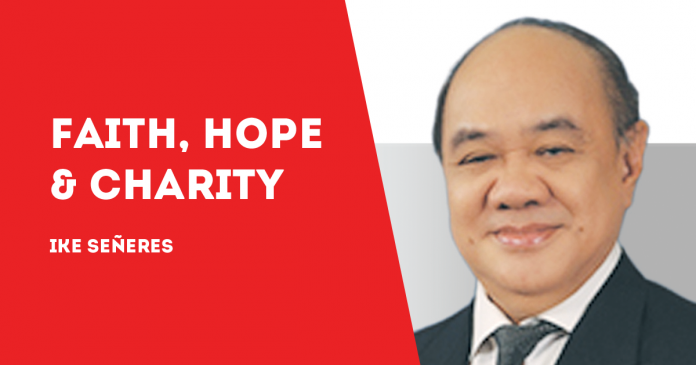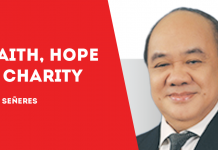
(Continued from May 20)
BACK here in the Philippines, there appears to be no exact equivalent of the Media Development Authority (MDA) of Singapore.
In a manner of speaking however, it could be said that the functions of the Optical Media Board (OMB), the Movie and Television Review and Classification Board (MTRCB) and the Philippine Information Agency (PIA), the Bureau of Broadcast Services (BBS) and PTV4 are the closest to what the MDA is doing.
I said that is just in a manner of speaking, because the MDA is both a regulator and promoter, while the OMB and MTRCB are just regulators, strictly speaking. PIA, BBS and PTV4 are neither regulators nor promoters, because they are simply just service providers.
I also recall that there was an attempt in the past to include the Philippine Postal Corp . (PHILPOST) in the efforts towards convergence, but that did not materialize. Perhaps the legal fiction behind that idea is to include postal services, because it is after all a means of communications.
As it is now, PHILPOST is considered as a government owned and controlled corporation (GOCC) and because of that, it is now under the supervision of the Government Commission for Good Governance (GCG). I do not know how postal services could be included in the efforts towards convergence, but meanwhile, it is not part of the new DICT. In this connection, another legal fiction could be pursued, that snail mail has now practically been replaced by email, social media sites and other forms of web messaging.
It may take some time before it will become clearer how multimedia and convergence will take shape in the Philippines, but in the meantime, we could take some clues from what is now happening in the online world. For example in Facebook, users could already post messages, make voice calls and watch videos. Elsewhere in the internet, we could already listen to radio programs and watch television shows as well as movies.
Perhaps as a guideline for the formulation of public policies in line with these efforts, we should look at convergence as a means towards an end, and the end, the goal should be multimedia. Yet another clue is to converge mass media and social media.
Even now, we could already say that sooner or later, frequency-based broadcasting will be partly or fully replaced by over the top (OTT) broadcasting. OTT is a relative term, relative to voice over internet protocol (VOIP), meaning to say that OTT will be on top of VOIP.
To some extent, it could be said that You Tube and the other video streaming sites could already be considered as using OTT, but as I understand it, real OTT should mean broadcasting live in real time, just like the way we are now broadcasting via radio frequencies. A close parallel to this analogy is when Cable Access Television (CATV) started broadcasting over cable lines, instead over radio frequencies.
In announcing the creation of IMDA and GTO, the MCI Minister said they will converge robotics, artificial intelligence, internet of things (IOT) and Big Data to support their goal of achieving digital government. We can do all that too, but in our case, I would also add data analytics, business intelligence and fuzzy logic. The idea of creating a separate agency to support the public sector is worthwhile, but in our case, that could just be created as a special bureau under the new DICT. Even if the Telecommunications Office (TELOF) has been abolished, its assets could still be used to improve wired and wireless connectivity in the provinces./PN

